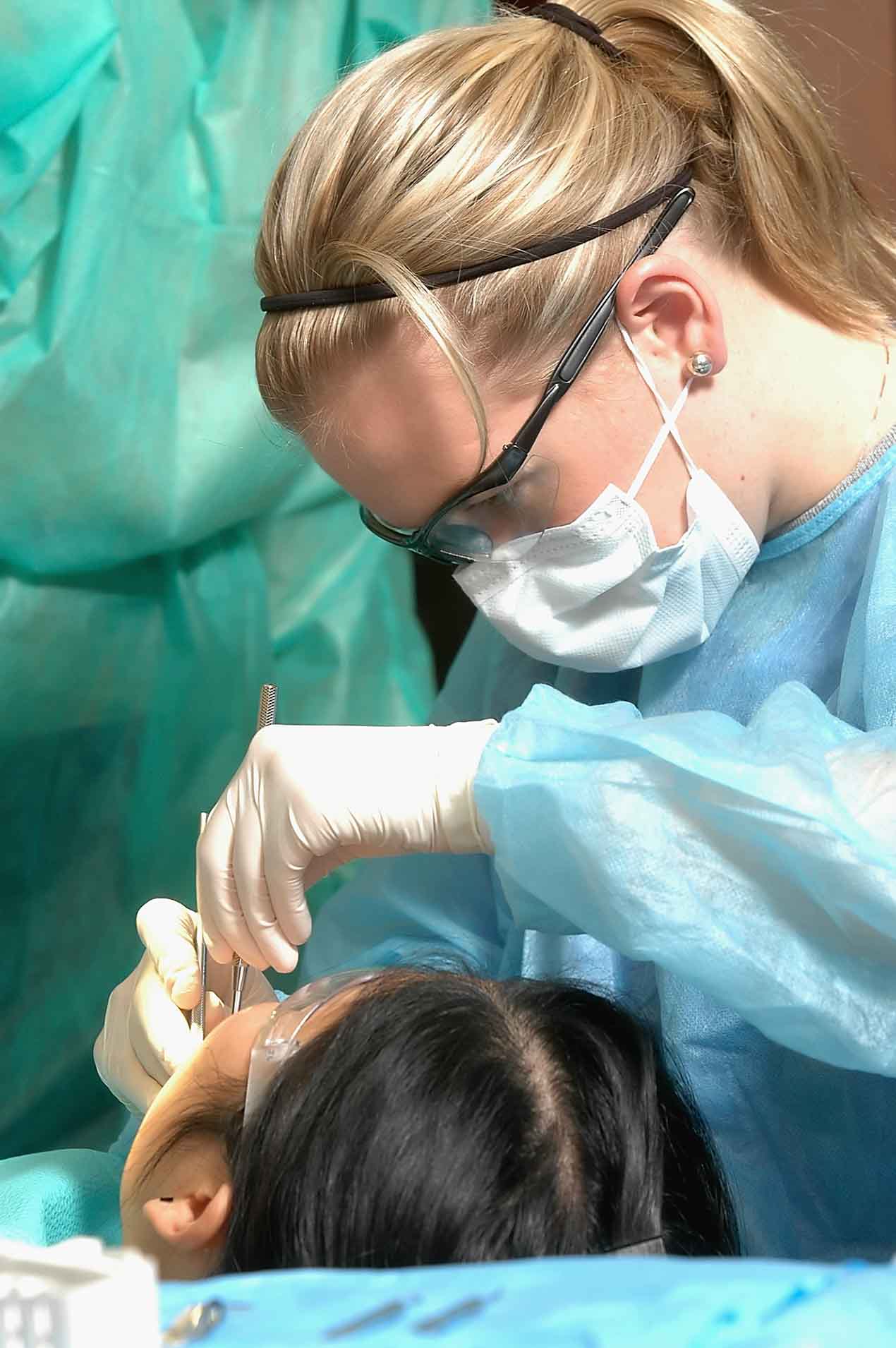Acid-producing bacteria and tidbits of food must be present around a tooth for decay to develop. The teeth themselves must have a fluoride deficiency in the enamel in order for them to be unable to fight off the plaque that will lead to decay. While fluoride in your teeth can destroy decay, its effect is limited once decay has set in on a tooth.

Poor tooth care can lead to the buildups of plaque that expedite the process of tooth decay. There is only one type of bacteria that can actually produce the acid that causes tooth decay, even though there are multitudes of bacteria present in your mouth at any given time. There are a lot of people with active tooth decay present in their mouth. Few realize it can easily be passed from one to another by eating, sharing a glass or even kissing. Thus, it is vital that you visit the nearest dentist. There are numerous cosmetic entistry Batavia IL clincs around, so you won’t have any problem finding one.
The progression of decay once it has set up in the tooth enamel is extremely slow. However, once it has progressed beyond the first layer of enamel, it will speed up as it nears the pulp of the tooth. The blood supply and the nerves are both contained in the pulp area of the tooth, making it critical to the tooth itself. As the tooth decay begins to deteriorate the nerves, the pain will become most intense.
Tooth decay will often take 2 – 3 years to eat its way through the enamel. However, it is capable of penetrating through the dentin to the pulp in about one year. Once inside the dentin, the decay will spread and destroy most of the structures within the tooth within a few months. However, the slowest spreading decay, often referred to as smooth decay, is also the easiest to prevent. It often sets in when people are in their twenties, and can be identified by a white spot visible on the tooth from the destruction of the enamel.
The sides of the molars that are used for chewing are more susceptible to a more serious type of decay known as fissure decay. This type of decay is also sometimes called pit decay. It can set in and destroy teeth much faster than smooth decay. Regular brushing is often not effective in cleaning the smaller cracks in teeth where this decay forms. So regular dentist visits and cleanings are imperative in preventing decay of this type.
The most serious kind of decay in teeth is known as root decay. It begins on the root surface, and is most commonly found in people of middle age. The causes of this type of decay are often associated with dry mouth. Eating a lot of sugary foods and poor tooth hygiene are also causes of this kind of decay. It can quickly destroy a tooth, leaving no alternative but to get the tooth extracted.

Tooth decay can quickly become a very serious situation. In order to prevent it you need to remember to get regular dental exams and professional cleanings. You also need to maintain good dental hygiene habits, such as brushing and flossing regularly. You could also use a good mouthwash such as Listerine to help slay the bacteria in your mouth. Simply by caring for your teeth and listening to your dentist you can prevent tooth decay before it becomes a problem for you.
